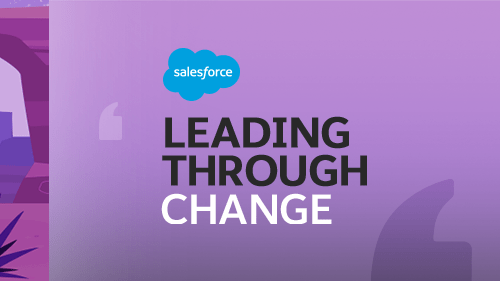In a crisis, the traditional ways of doing business don’t always work. And just a month into the COVID-19 pandemic, retailers are already experiencing disruptions. According to a recent survey, 47% of US brands expect to see some downside revenue implications due to the novel coronavirus. And an additional 33% responded that it’s too early to say.
As consumers continue to self-isolate and go all-digital, companies have new opportunities to connect with customers and reimagine their business models. Regardless of your organisation’s size, location or industry, this crisis offers the opportunity for innovation.
Let’s take a look at best practices for pivoting your retail experiences to digital — and how brands are already tackling traffic challenges head-on.
1. Offer flexibility in payment, loyalty and delivery
As the new norm of social distancing sets in, we’re beginning to see the economic effects of this pandemic. Experts predict real global GDP could contract as much as 1% around the world, and all avenues of business will feel the pinch. As a result, consumers will likely need new and innovative ways to pay for purchases.
Companies can help by multiplying loyalty offerings, issuing gift card expiration extensions, and rolling out longer payment cycles. For instance, in the US, Ford is using its current television ad buys to communicate flexible financing options to national audiences.
If payment flexibility isn’t an option though, there are other ways to offer relief:
- Give customers additional shipping options, including the option to receive parcels that do not require signatures or contact upon delivery. Fisher & Paykel, for example, is offering contactless delivery, as well as instituting a range of safety measures for customers and staff.
- Connect commerce and service so customers can place orders by phone as well as online. This is especially relevant for consumers who may want to discuss purchases before buying but are unable to go into a store.
- Offer extra services. GM in the US is offering all current vehicle owners free OnStar, its proprietary crisis-relief service that can be used in an emergency.
2. Create new digital and social media experiences
Now with an all-digital customer base, retailers can no longer rely on tried-and-true physical experiences. This is the time to use your entire workforce to think in new ways about connecting with customers.
Here are three ways to engage beyond your four walls:
- Use your retail staff’s expertise on social media. Mecca Cosmetica was doing this well before the pandemic, featuring simple videos of employees’ make-up and skin care routines on its Instagram channel.
- Create 1:1 experiences using video conferencing. This is where Mecca is shining – those same employees who used to offer the pampering and expertise in-store that the brand is known for are now available via FaceTime.
- Offer a unique service. Guitar manufacturer Fender is extending the joy of its in-store jam sessions by offering three months of guitar lessons for free to the first 100,000 subscribers on its website. This offer allows the company to reach new audiences in an authentic way and provide a special service other retailers can’t replicate.
3. Use your best assets to contribute to the greater good
According to Forbes, 88% of shoppers believe brands have the power to make the world better. And now more than ever, we have an opportunity to do good in our communities. Whether that’s making charitable donations, supporting employees and customers in need, or stepping up with more sustainable practices, customers are looking at their favourite brands to do what’s right.
Beyond monetary donations, companies are using their pre-COVID assets to assist during the pandemic. Here are three examples of how companies are contributing more than money right now:
- Use specialised technologies for charity. Louis Vuitton has transformed its perfume and cosmetics facilities to make hand sanitiser, as has Sydney distillery Archie Rose. Melbourne coffee roaster St Ali, meanwhile, has teamed up with its suppliers to distribute hand sanitiser.
- Activate your influencer network. Nike is using its all-star roster of athletes and celebrities to inform the public about the importance of social distancing. Across social media, brand partners posted a unified message encouraging consumers to stay home, accompanied by personalised messages from each influencer.
- Repurpose factories, warehouses, and distribution centers. For example, fast-fashion brand Zara is using its apparel factories to create hospital scrubs for healthcare workers on the frontlines in Spain.
In this unprecedented time, much is unknown and things change quickly. But retailers all over the world have already stepped up to meet these trying times.
Through it all, the ones who weather this challenge will be the ones who stay closest to their customers.
For more advice and expert how-tos for leading your businesses or team through COVID-19, check out the ‘Leading through Change’ series.
Leading Through Change


























